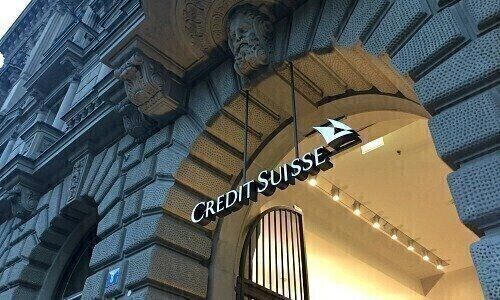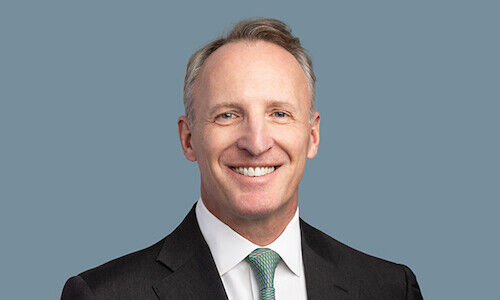After breaking numerous profit records in 2020, Credit Suisse posted a pre-tax loss in 2021 due to various factors, including the collapse of Archegos and major litigation costs.
Credit Suisse registered a pre-tax loss of 522 million Swiss francs ($565 million) in 2021, according to its annual financial results published today, compared to a profit of nearly 3.47 billion Swiss francs in 2020.
While net revenues were flat at 22.7 billion Swiss francs (1 percent increase), credit loss provisions – including those related to the collapse of family office Archegos – nearly quadrupled while total operating expense was up 7 percent to 17.83 billion Swiss francs.
In the fourth quarter, the bank posted a pre-tax loss of 1.59 billion Swiss francs.
Costs, Credit Loss Provisions Rise
Notable contributors to Credit Suisse’s annual loss included a 1.62 billion Swiss francs goodwill impairment from a 2000 acquisition of U.S. investment bank DLJ and litigation provisions that totaled 1.1 billion Swiss francs.
The bank also nearly quadrupled credit loss provisions with 4.3 billion Swiss francs attributable to Archegos.
«2021 was a very challenging year for Credit Suisse,» said Credit Suisse group chief executive Thomas Gottstein in a statement. «Our reported financial results were negatively impacted by the Archegos matter, the impairment of goodwill relating to the Donaldson, Lufkin & Jenrette (DLJ) acquisition in 2000 and litigation provisions, as we look to proactively resolve legacy issues.»
2022 Outlook
According to Credit Suisse, it expects a moderated outlook this year, especially when compared to the first quarter of 2021, with a «reversion to lower, pre-pandemic levels of business activity», highlighting the start of monetary tightening, and impact to the equities business due to an exit from prime services.
In addition, the bank also stressed that results this year will be «adversely affected» by restructuring costs and higher compensation costs as it makes a strategic capital reallocation towards core businesses and structural costs savings to invest for growth.

























